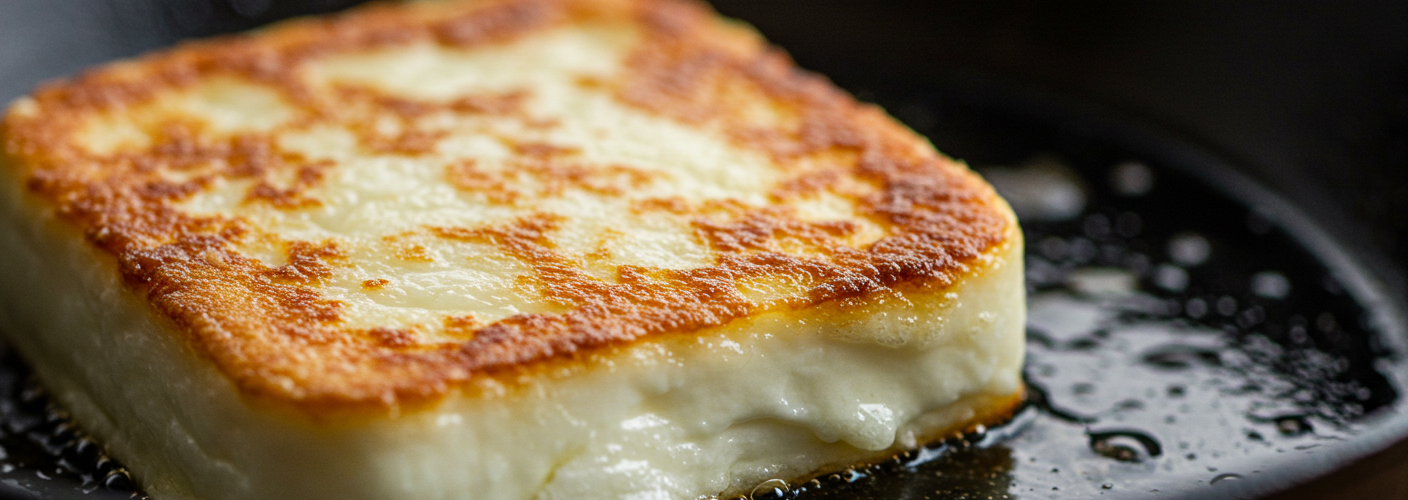When it comes to Greek cuisine, few dishes can rival the simple yet exquisite delight of saganaki, a traditional appetizer that showcases the rich flavors of cheese in a uniquely enticing way. This pan-seared dish captures the essence of Mediterranean culinary artistry and invites diners to experience the aromatic spices, textures, and warmth of Greece in every bite.
What is Saganaki?
Saganaki is a Greek term referring to a variety of small frying pans. However, it has become widely recognized as a dish made with cheese that is pan-seared to perfection. The most common choice of cheese for saganaki is kefalotyri, a hard cheese made from sheep’s or goat’s milk, known for its saltiness and high melting point, making it ideal for frying. Other types of cheese, such as halloumi or kasseri, can also be used, offering unique flavors while maintaining the dish’s characteristic crunchy exterior and gooey center.
The Preparation Process
Preparing saganaki is a straightforward endeavor that embraces the beauty of fresh ingredients and simple cooking techniques. To start, the cheese is cut into thick slices, typically around half an inch. Each slice is then lightly dusted with flour, a step that not only creates a golden crust but also aids in achieving that perfect crispiness when seared.
Next, a skillet is heated to a medium-high temperature, and a generous drizzle of olive oil is added. Once the oil shimmers, the floured cheese slices are carefully placed in the pan and allowed to cook for a few minutes on each side. The goal is to achieve a beautifully browned exterior while ensuring the cheese inside is warm and wonderfully gooey. The sizzle as the cheese hits the pan is simply irresistible.
Serving Suggestions
Saganaki is best served hot, immediately after being cooked. Atypical serving methods often include a squeeze of fresh lemon juice drizzled over the top, which adds a delightful brightness that cuts through the richness of the cheese. This is typically accompanied by a place of crusty bread, ideal for scooping up the melted goodness.
Some restaurants may choose to flambé the cheese before serving, adding an impressive flair to the dining experience. The dramatic presentation is not just about aesthetics; the brief exposure to flame enhances the flavor of the cheese while producing a unique aroma that lingers in the air, drawing all eyes to the table.
Perfect Pairings
Saganaki pairs beautifully with classic Greek wines, such as an Assyrtiko or a refreshing Retsina. The acidity in these wines complements the saltiness of the cheese, creating a harmonious balance that enhances the entire tasting experience. For those seeking a non-alcoholic option, a cool glass of fresh lemonade or a light sparkling water will also do the trick, providing the necessary refreshment.
Conclusion
Saganaki is more than just a dish; it represents a celebration of Greek culture and hospitality. Whether enjoyed as an appetizer at a lively taverna overlooking the Aegean Sea or at home with friends and family, this pan-seared cheese embodies the heart of Greek cuisine. With its rich flavors and delightful textures, saganaki is a culinary experience everyone should savor at least once. So, the next time you find yourself at a Greek restaurant or considering a culinary adventure in your kitchen, don’t miss the chance to indulge in this delectable treat.




Add comment